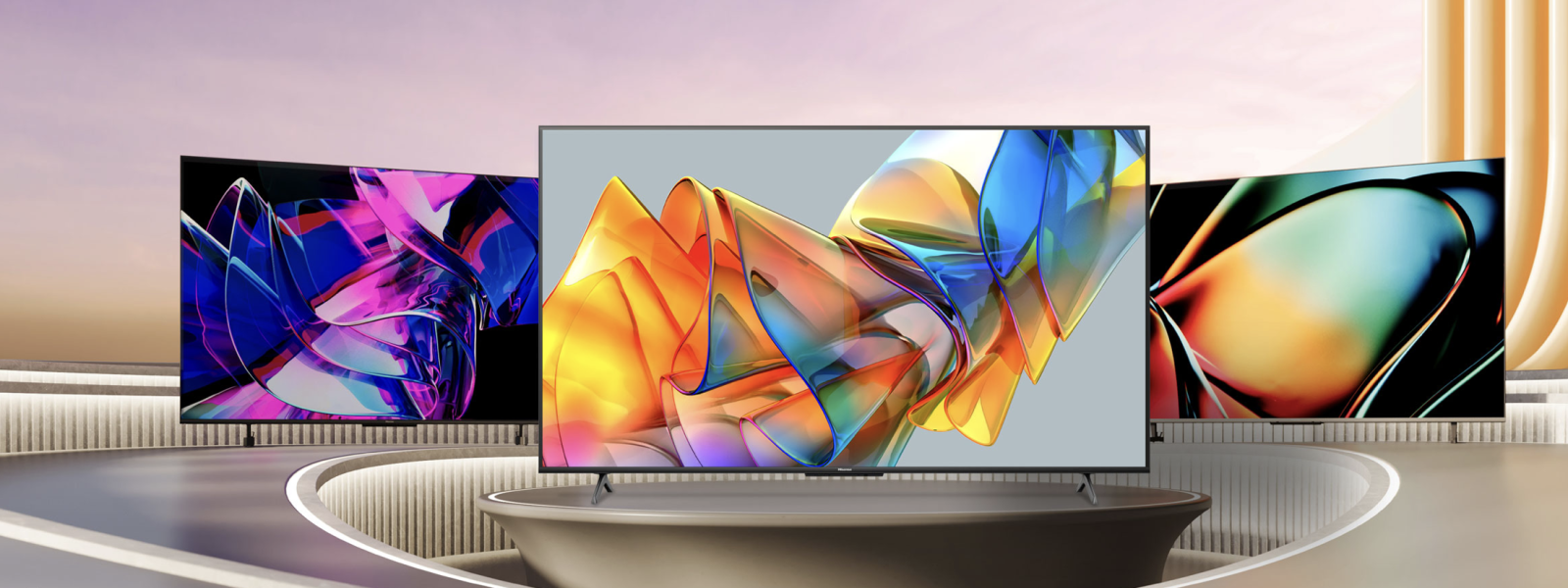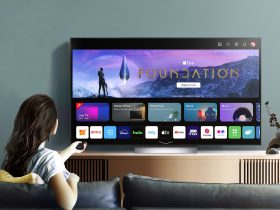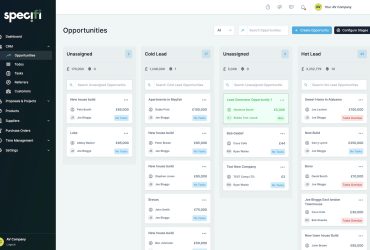Every generation has a brand that becomes a household name with a reputation for performance and reliability. In the early days of TV in the 1950s and 1960s, names like Zenith, Philco, Emerson Electric, Sylvania, General Electric and RCA dominated the retail floor.
As the decades continued, a Japanese invasion of low-cost high yield electronics invaded North America with brand names such as Toshiba, Sanyo, Sharp, JVC and Sony dominating the TV landscape. And of course, we cannot forget the European powerhouse Philips that was a huge player in TV before they discovered that lightbulbs may be more profitable.
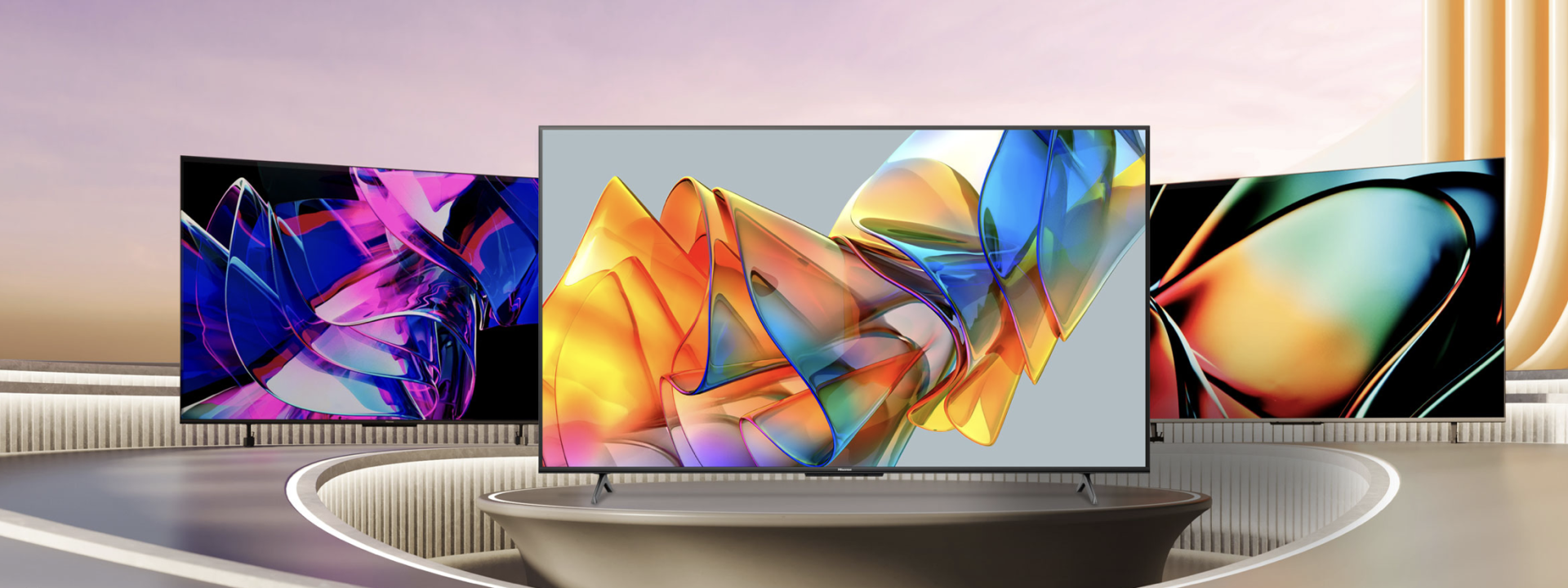
By the late 1980s early 1990s, Canadians were introduced to South Korean brands, first with LG who came to Canada in 1986 and then with Samsung, incorporating a Canadian subsidiary in 1987 with 16 employees selling only TVs. (Today Samsung Canada has 400 employees and $2 billion in sales).
As we continue along the TV timeline, we could mention disruptor upstart brands like Vizio that was founded in 2002 to cater to a low-cost, big box crowd and most recently to a wave of Chinese brands such as Skyworth, TCL and Hisense that are elbowing into the Canadian landscape.
Here’s a quiz; what do Hisense, LG and Samsung all have in common? They were all founded in 1970 so that makes Hisense a 50-year-old Canadian start-up! Many will not know the Hisense brand, although they have been in Canada for the past decade and are the largest TV manufacturer in China and have been, since 2004. Hisense is also a dominant OEM, manufacturing televisions for other brands. Hisense is one of the largest television brands in the world selling panels in over 130 countries globally, and according to marketing research firm NPD, Hisense is the fastest growing TV brand in Canada.
Like its South Korean competitors, Hisense has evolved into a diverse consumer technology company selling both TVs and soundbars as well as a full suite of house-hold appliances. Recently the company sent me their latest 65” U78KM Mini LED 4K ULED Google TV. Here’s what I discovered:
Set up
The panel comes in a well-detailed full-colour box that highlights all the performance features of the panel along with Google branding. Removing the panel from the box is easy as the top slides off from the bottom revealing the panel in a way that does not involve any complicated lifting. I initially thought that the box had forgotten to include a stand, but after a better look at the protective packaging, I discovered instead of a common pedestal, two feet ready to be installed. Such a small detail, but an important one, is that the feet can be mounted in two configurations; one that mounts the feet just over two feet apart and the other measuring just over four feet apart. Think of living in a 600 sq’ condo where your credenza maybe shorter than the actual width of the TV – by mounting the feet closer together, you have solved any small place considerations, especially if you are renting and mounting to the wall is not an option. This is a great design feature.
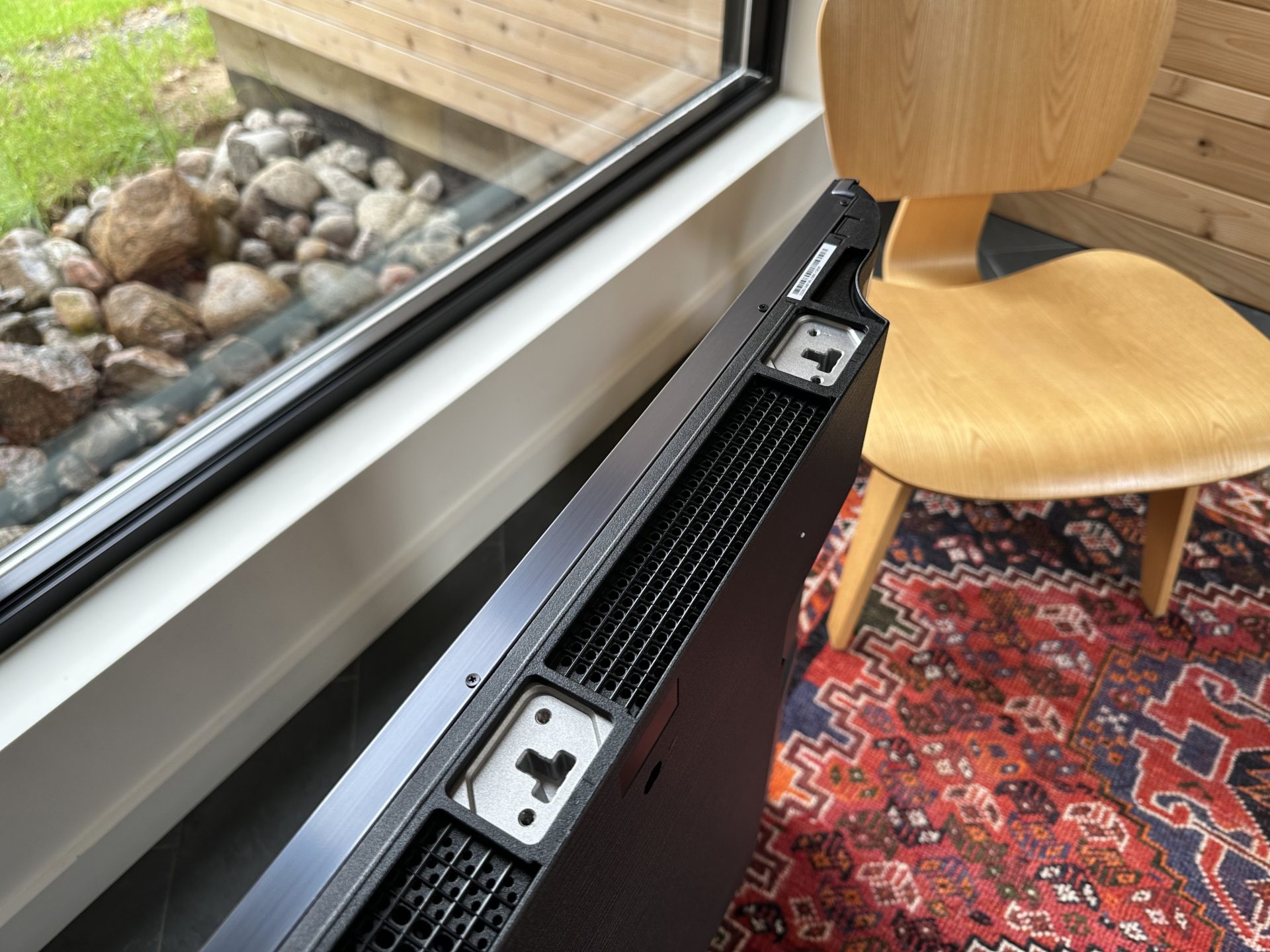
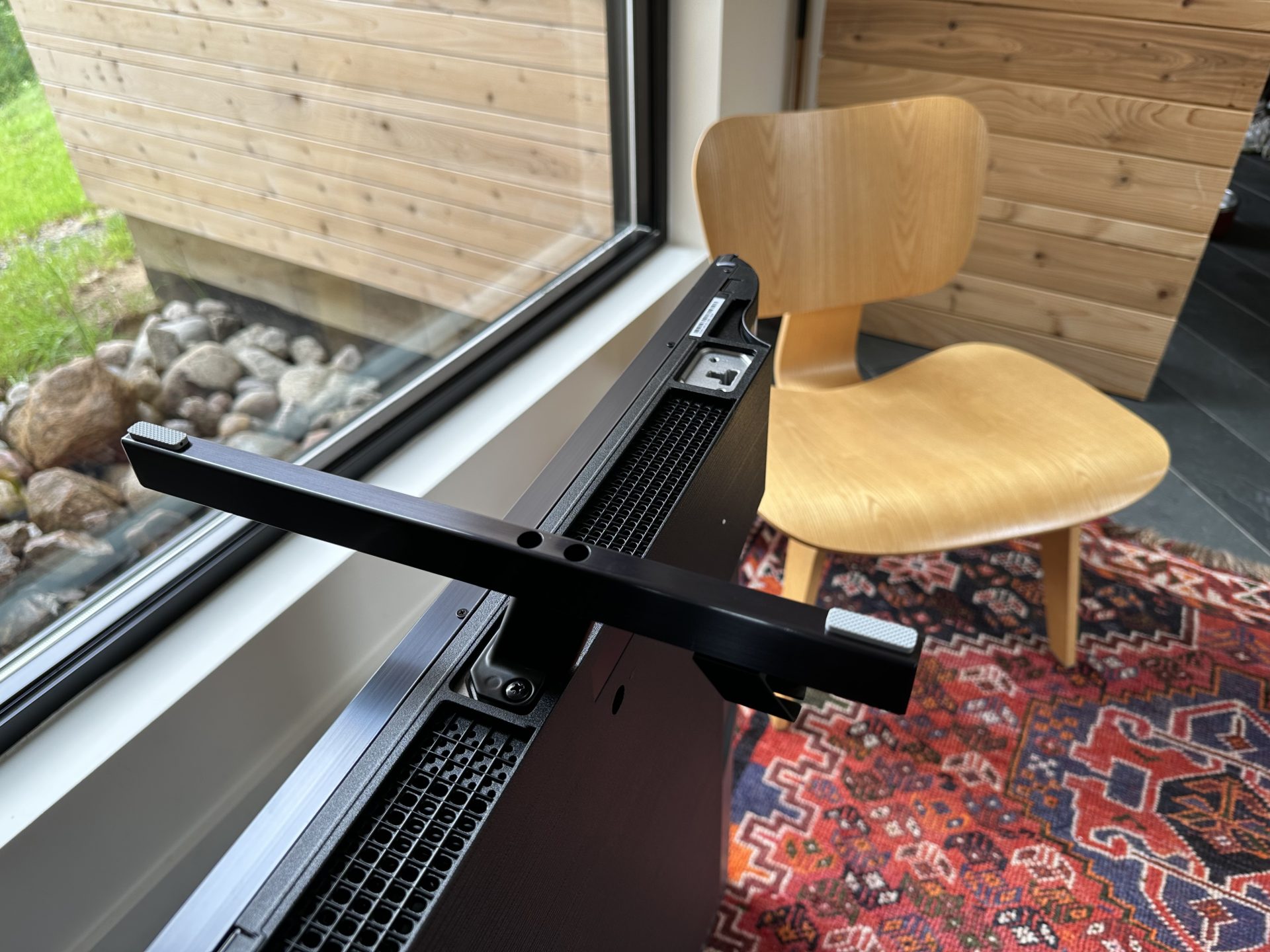
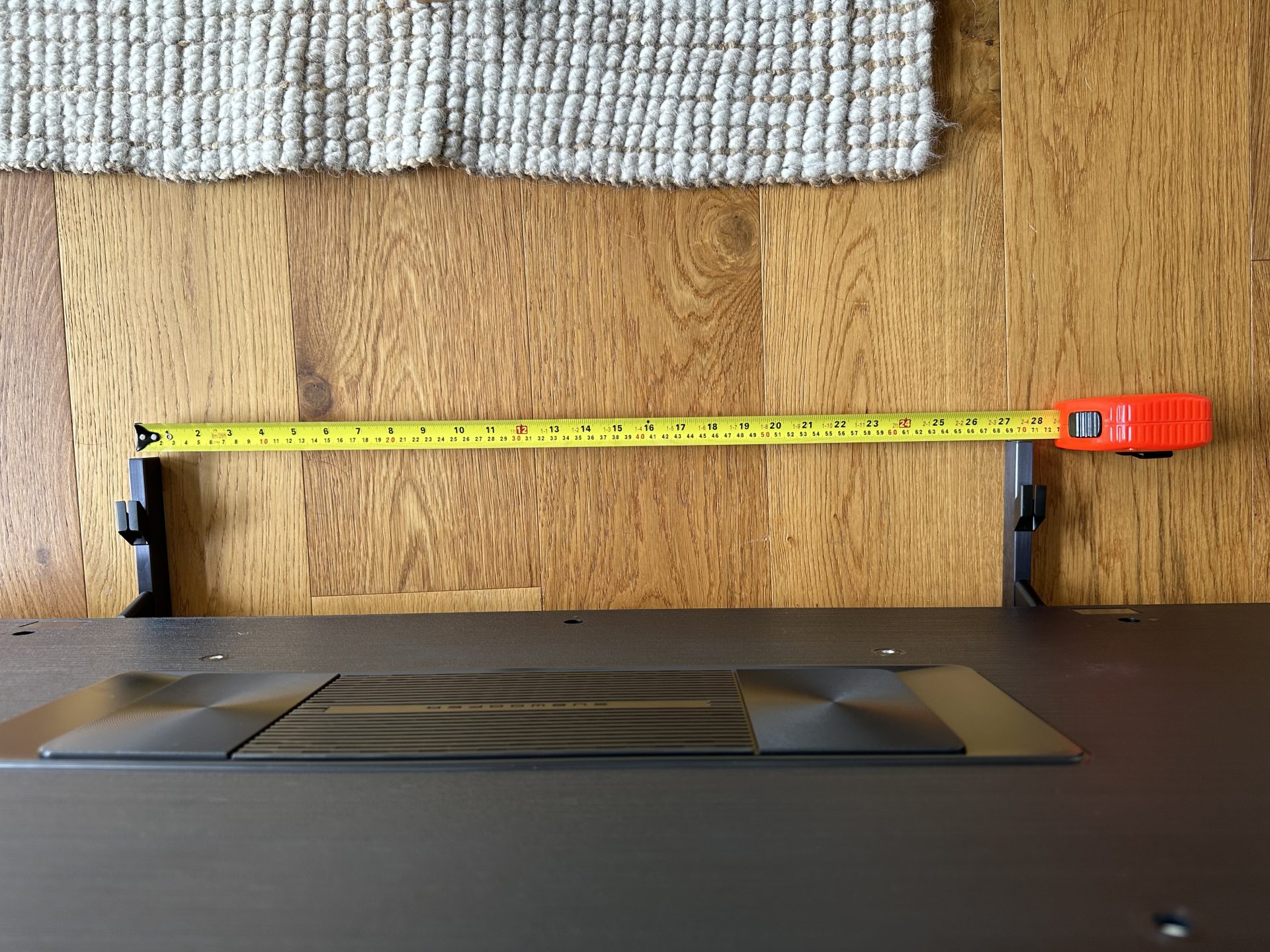
With the TV on feet and on my credenza and connected to my set top box it was time to plug the panel in and being Google enabled it will come as no surprise that the first prompt was to connect the Hisense panel to your local WIFI network. With that done, we had about a ten-minute delay as the television updated itself to the latest operating software. Our next task was to sign into our various streaming services which is now a breeze with the use of QR codes, transferring user name and passwords from your phone to the panel. Google also prompted a series of sign-ins with far too many questions that is classic Google, where you now feel Google is tracking your every move. While I usually shut these prompts off, I wanted to experience the full Google experience, so agreed to everything that they asked! That experience includes using your phone as a remote via the Google Home app and also using “Hey Google” voice prompts to change channel and switch from one app to another. It will come as no surprise that a “Hey Google search for Mission Impossible” prompted YouTube as the go-to answer and brought me to the trailer– after all, it is a Google branded partnership. I also found prompts like “Hey Google, open Apple TV” didn’t at first open Apple TV to my account, meaning I could scroll and see what was available, but I couldn’t press play. I tweaked this by opening Apple TV and signing in and then asking again and problem solved. The magic of Google TV is that Google brings all of your subscriptions to the homepage so there is no need to jump from app to app when searching what to watch. Google suggests a show and opens it to the appropriate service provider from the Google home screen.
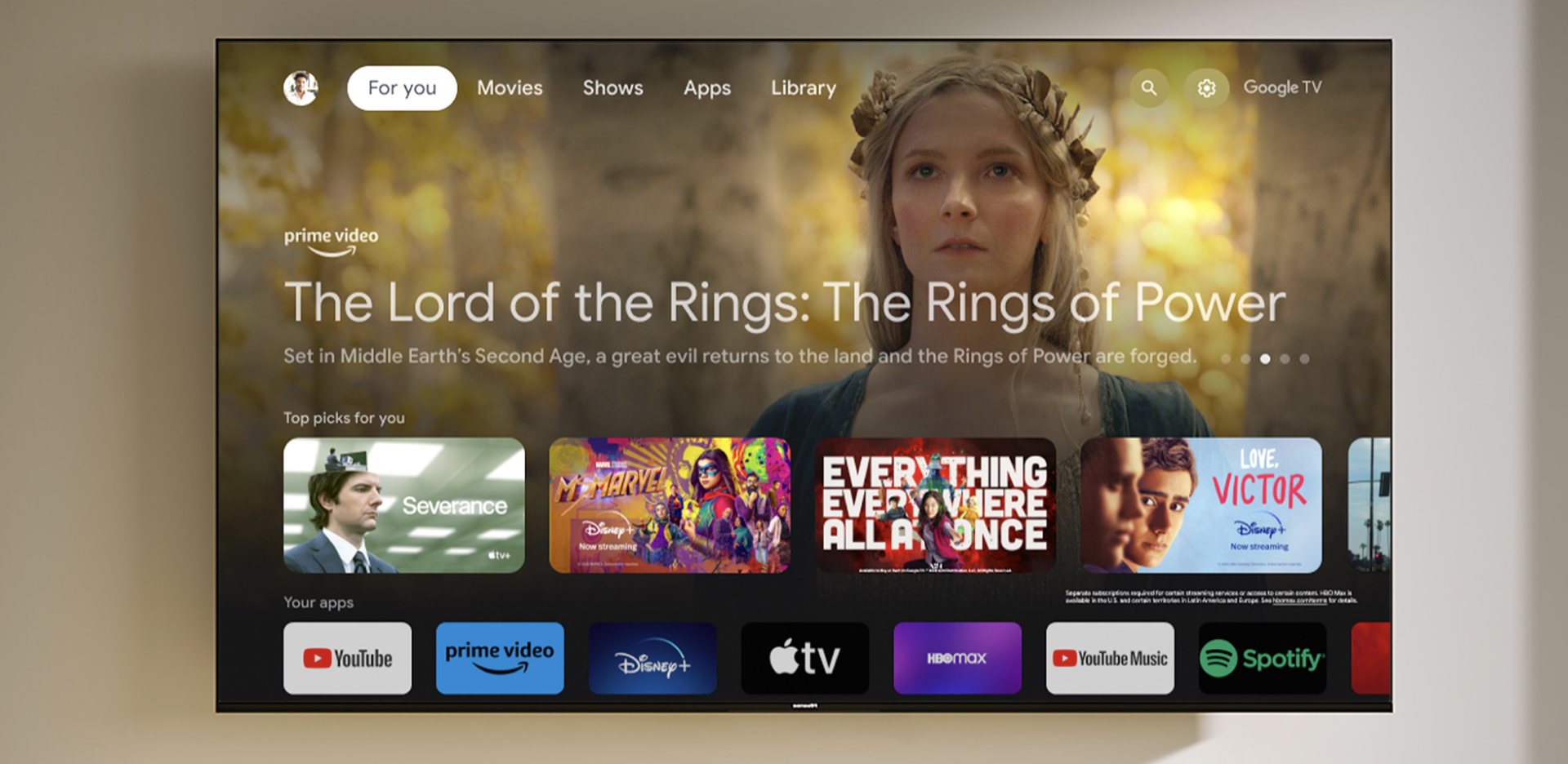
The Picture
Hisense uses a technology that they call Mini-LED which essentially uses smaller LEDs for light generation but uses more of them, meaning where a traditional LED may be accountable for picture rendering to a larger area size on the panel, multiple compressed mini-LEDs are dedicated that allow for a better dispersion of backlight and a faster responsive time as the picture motions from bright to dark scenes. Hisense states that each mini Led can reach 1000 nits at peak brightness and blacks emitting from the 65” U78KM rivalled OLED technology that makes a name for itself rendering the blackest of black. Even when the TV turns on with a black background and a white Hisense logo, there is no discernable bleeding from black to white or any cloudy artifacts.
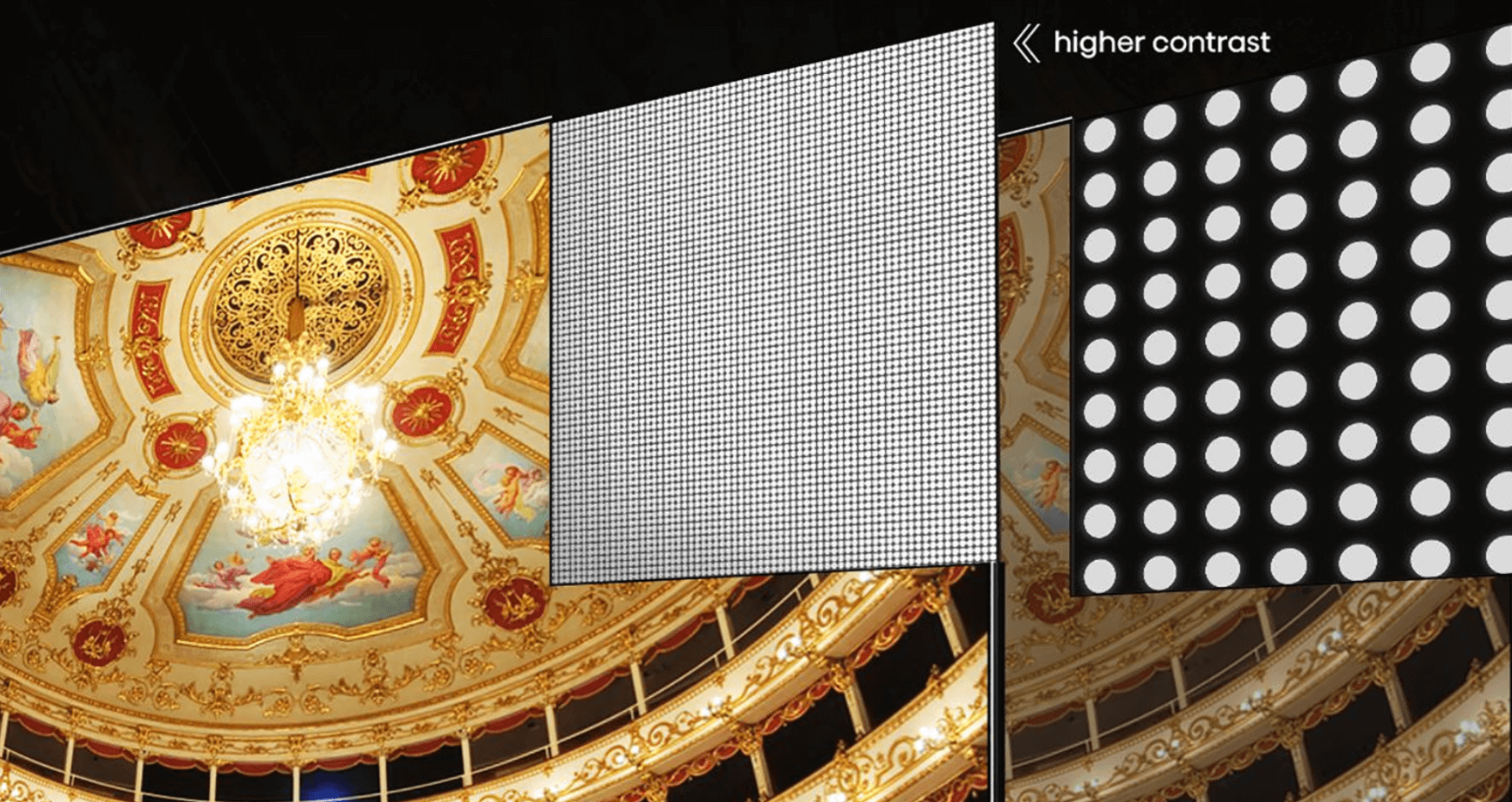
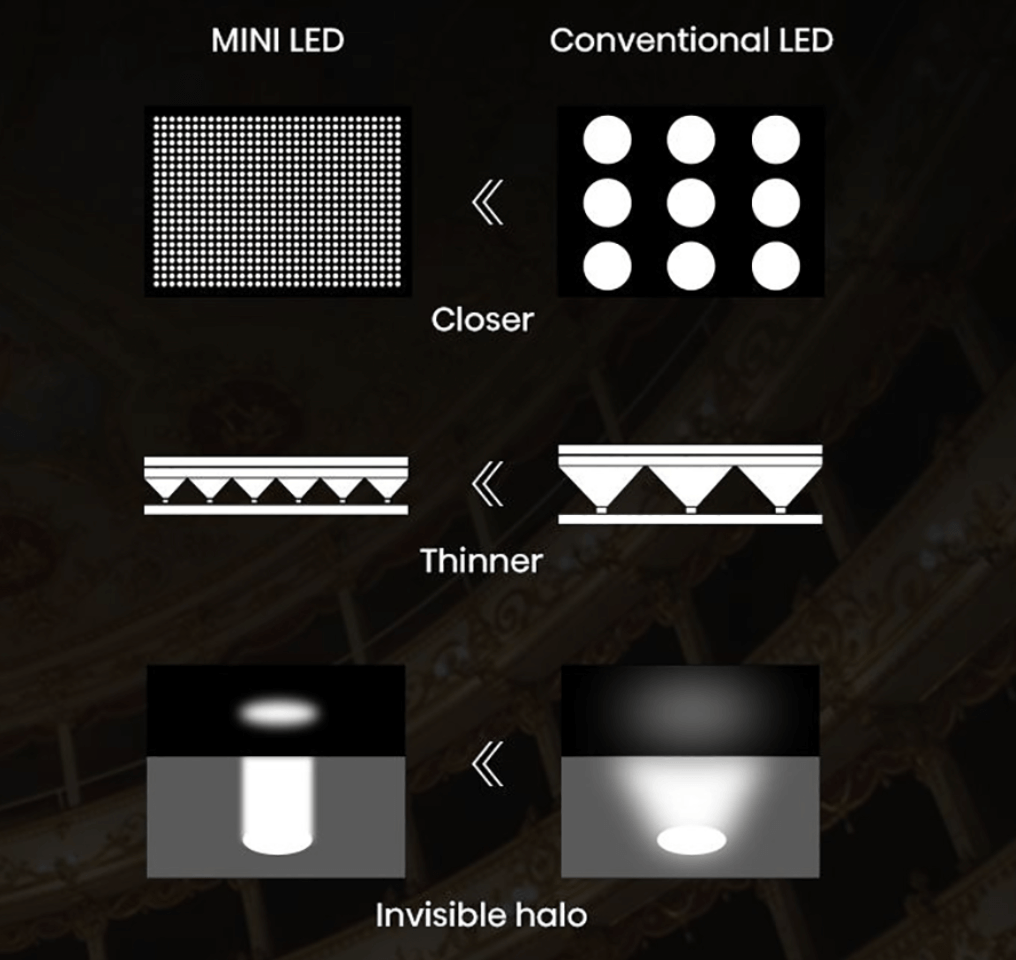
While the TV does allow for manually changing brightness and contrast ratios, Hisense prides itself on what they call their Hi-View Engine that constantly changes the panel settings scene by scene and uses AI deep learning to adjust the panel to optimize picture performance in real time. The panel also recognizes ambient and room lighting and calibrates brightness levels and colour temperature to accommodate for say, watching TV in a sunny room, verses watching at night. This was impressively rendered watching the Women’s World Cup soccer in both daytime and at night where the green of the pitch remained remarkably accurate regardless of the time of day I was watching. The 65” U78KM Mini LED 4K is also IMAX certified and IMAX enhanced allowing for content digitally remastered by IMAX to be viewed in a larger scale and the panel comes with impressive internal speakers and tuned for DTS and Dolby Atmos sound.
Normally, as panels get thinner and bigger, sound quality becomes compromised and most manufacturers now expect some kind of external sound system to supplement the TV either through a soundbar or traditional sound system. The 65” U78KM has a shockingly good built-in speaker system that includes a bass booster. So going back to the condo dweller who may not have space for a soundbar, having to rely on the internal sound options from the TV didn’t feel like a sacrifice. I toggled between watching with the internal system and then with an optical-in external system and found the built-in speakers to over-deliver. Naturally if you are watching in a big space an external system makes sense but back to that condo, listening to the internal speakers will be rewarding.
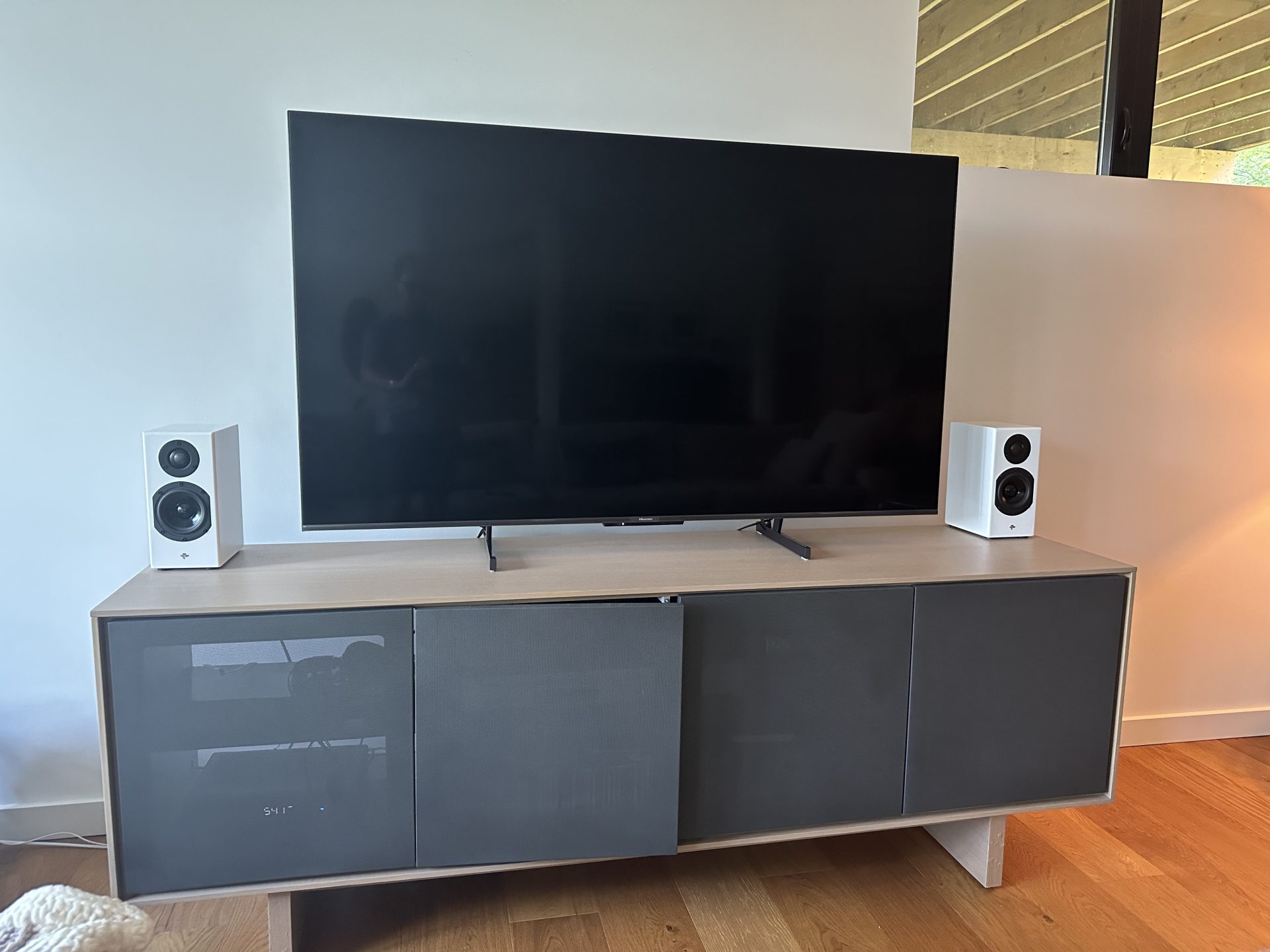
Overall
The Hisense 65” U78KM Mini LED 4K is a close to bezel-less as you can get in a 65” Smart TV and is an incredibly attractive TV with a metallic gray finish. The clever legs are adjustable in width placement and have a track for concealing cable management. A small picky point is that the legs are quite tall at about 3”, and if they were say, half that height, hiding cables and creating a more integrated design esthetic to your credenza would be easier to attain but come on, we can all agree that this is a personal observation and for every person that agrees with me there will be as many saying that you need the height of the legs, so that you can place a small soundbar in front without blocking the screen.
Often when a “new brand,” even one with a 50 year legacy, comes into a market to challenge the market leader, that new brand tends to over-engineer and over-spec compared to its selling price. We saw this in the auto industry in the early 2000s with brands like Hyundai offering heated seats, bigger engines, better sound systems and three times the warranty compared to the leaders of the day Honda and Toyota. Hisense is arguably doing a similar strategy with a beautifully appointed, fast 4K 120-144 Hz refresh rate smart TV, loaded with automatic picture modes, fantastic contrast ratio, a superb internal sound system, a screensaver that is customizable with either your own photos or via Google art, (how’s that for crossing a line-in-the-sand to the design favourite Samsung Frame TV). The TV comes with a remote with Netflix, Prime and YouTube buttons. The plastic remote is functional but not very sexy and I would happily pay a bit more for a better designed and cosmetically pleasing alternative.
The 65” U78KM Mini LED 4K features Four HDMI inputs (two with 4K/144hz, one with eARC), an analog video input, USB 2.0 connectivity, both wired and wireless internet connectivity, a headphone jack that will cater to gamers, optical digital output as well as an RF antenna with ATSC 3.0 for over-the-air tuning, a handy feature in urban markets.
In all, the Hisense 65” U78KM Mini LED 4K is an excellent TV that sells for around $1,200 which is well below the cost of a similarly spec’d 65” panels from the big three Sony, Samsung and LG.
There was a time when nobody had heard of the name Sony or Samsung and looked at these upstart brands with suspicion that could never be as good as my Philips, Westinghouse or RCA. That’s the best thing about competition and choice, there’s always someone who believes they can do it better, faster and cheaper. While the name Hisense is not as common as our other consumer tech brands in Canada, I have a feeling that that’s not going to be the case for long.





